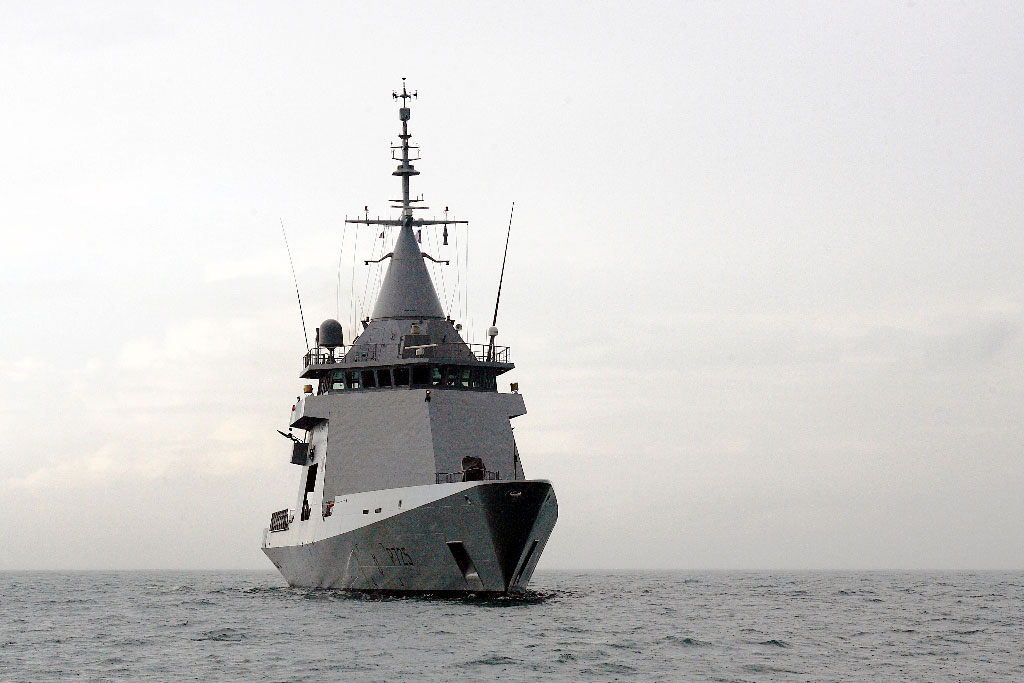Professional Journal of the Royal New Zealand Navy
Issue 1, Vol., 1. January 2021.
The RNZN has recently published a new publication, the Professional Journal of the Royal New Zealand Navy (PJRNZN), with the intention of:
“
The Navy’s aim in publishing this journal is two-fold. First, the Navy wishes to use the Journal as a means of building the professionalism of the service by providing a safe place for the development of critical and well-informed thinking. Second, the Navy looks to the Journal to engage and exchange views with all those who have an interest in naval and maritime affairs, or in security and defence matters more generally.” (Beath, P.10). This is quite admirable and long overdue.
The reason that I have posted this in the NZDF thread and not the RNZN thread is because many of the points addressed in this first issue equally apply to the RNZAF.
But first I need to address a point that the green machine is not going to like. We are a maritime nation and our focus should be upon our maritime assets, both naval and air. To this end, the focus should move from the Army and to both the RNZN and the RNZAF. The Army must be relegated to third place in the pecking order until we have our naval and air forces deficiencies have been rectified. We DO NOT require an Army centric Defence Force which has been the traditional NZ approach to defence for the previous 150 years. In fact the Army REQUIRES a complete reorientation towards a maritime focus as an amphibious force. But more about that later.
This will be a series of posts because there is a lot of ground to cover and the posts will not necessarily cover the order that the articles appear in the first issue of the PJRNZN because I want to address issues in a different order. But first the contents of the first issue:
- A Background to the Next Round of Strategic Reviews
Assistant Chief of Navy (Strategy and Engagement) Commander Des Tiller RNZN
The issues confronting Navy as it prepares for the forthcoming round of strategic reviews. These include fleet renewal, personnel numbers, future base location issues, sustainability, resilience, the security of supply lines, force protection and national security and combat options.
- Special Feature Article: Designing the Next Fleet
Captain Andrew Watts RNZNR
With the Navy facing an unprecedented period of transition, there is an opportunity to design a coherent, affordable and sustainable fleet through the application of new technology and doctrine.
- Toward A New Unifying Military Concept for New Zealand
Dr Lance Beath
In which the Editor opens up a discussion of New Zealand defence policy.
OPINION PIECES
- Affordability and Value: The Defence Context
Rear Admiral John Martin with Gareth Chaplin
The challenge facing the Navy’s leadership.
- A Turning Point for New Zealand’s Maritime Periphery
Simon Murdoch
A former Chief Executive of the Ministry of Foreign Affairs and Trade and Head of the Prime Minister’s Department explores the implications of the growing competition for power and influence in New Zealand’s maritime periphery.
- Between Cold Wars: Old Mistakes and New Realities
Professor Rouben Azizian
Professor Azizian is the Director of Massey’s Defence and Security Studies programme. He is a former Soviet and Russian Foreign Service officer and a classmate of Sergey Lavrov, the current long-serving Russian Foreign Minister. Rouben reflects on lessons from a life in the Soviet and Russian Foreign Services.
RESEARCH PAPERS
- Toward a Zero Carbon Navy
Chris Howard
How the RNZN could become a regional leader in the development of a comprehensive response to the need to lower carbon emissions. Chris has developed his thinking in the light of the government’s commitment to achieve net zero carbon by 2050. New Zealand Defence Force Advanced Command and Staff Course (Joint) Research Essay 2019.
- The RNZN’s Littoral Warfare Force: Embracing Revolution
Commander Tim Garvan RNZN
On the need for more innovative thinking in the Littoral Warfare Support community. New Zealand Defence Force Advanced Command and Staff Course (Joint) Research Essay 2018.
- A Maritime Security Reset for the Royal New Zealand Navy
Timothy Portland
Constabulary Operations, Capability Investment and the Combating of Transnational Security Threats. New Zealand Defence Force Advanced Command and Staff Course (Joint) Research Essay 2018.
There are other items in the issue that include book reviews, an editorial and a look ahead at the second issue, however the articles listed above are the important ones that are worth considering.
A Turning Point for New Zealand’s Maritime Periphery by Simon Murdoch - A former Chief Executive of the Ministry of Foreign Affairs and Trade and Head of the Prime Minister’s Department explores the implications of the growing competition for power and influence in New Zealand’s maritime periphery. PP. 72 – 75.
The author argues that governments of all hues have approached defence capability in minimalistic terms with incremental increases. There has been no political appetite for any change and I would argue that any change has been in the negative which he indicates by saying the biggest change was the disbandment of the ACF in 1999. Our thinking has always been the local and South Pacific first and then global commitments. Murdoch argues that this approach has, in his words, run us into a hole, and I would argue left us unprepared for developments further afield, such as currently happening in Eastern Asia and the Northern Pacific.
He raises the point that the idea that we even have a contested maritime periphery on the edges of our Sovereign Maritime Areas (SPA), is not thought about and even though we have sovereign rights over these areas which means stewardship and guardianship, we don’t have adequate means to monitor or enforce our laws within them. Then there is our Maritime Domain which are the areas adjacent to our SMA are basically our and Fiji’s SAR area. Our influence in this domain is not as extensive as it is in our SMA and there are now intrusions from outside players such as India, Russia and the PRC, with the last two presenting increasing security challenges.

NZ EEZ & Extended Continental Shelf.

NZ & Fiji SAR Regions.

The Realm of Aotearoa New Zealand.
Murdoch suggests that we have reached a strategic turning point with regard to the risks to our interests that the PRC presents. He argues that the actions of the PRC in the South China and East China Seas and its attitudes towards its neighbours in those areas present a direct threat to us because of SLOC and ALOC (Air Lanes of Communication) that criss-cross the region, and will affect us economically. He states that our periphery is actually trans-Pacific in nature and that is what must be understood by policy makers, politicians, military and civil authorities. I happen to agree with him fully on this.
All in all, a well written article that provides a grounding for the maritime context to come.
Part 2 to follow.






